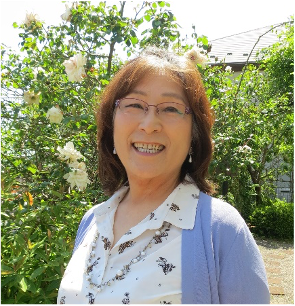Japanese Gendered First-person Pronouns: Norms and Innovation of Identity Works
This talk demonstrates how speakers linguistically enact innovative identities despite the restrictions imposed by linguistic norms. Japanese first-person pronouns are gendered; watashi for girls and women (and men in formal situations) and boku for boys and men. While the gendered use of first-person pronouns constitutes the strict norm, Japanese speakers, especially girls, often break the norm to perform novel identities. Japanese gendered first-person pronouns, therefore, provide us interesting data to study the relationships between linguistic norms, gender, and identity construction.
First, I demonstrate that Japanese first-person pronouns were gendered because a modern Japanese language, kokugo, was tailored for male speakers, reflecting the Meiji government’s sexist policy of gendered nationalization which set males as primary citizens and females as secondary citizens during Japan’s modernization period from the late nineteenth to early twentieth centuries. In the process, linguists prescribed pronouns appropriate for male speakers as legitimate kokugo and female speakers ended up using pronouns that have less association with masculinities, creating gendered pronouns. Today, the gendered use of first-person pronouns serves to maintain heteronormativity.
Second, I explore why some girls use nonnormative, masculine pronouns based on the strong link between watashi and female heterosexuality. Previous studies demonstrated that both Japanese girls and boys utilize different first-person pronouns depending on several factors: the lack of a pronoun for preadolescent girls, group memberships in a school classroom, and relationships with the listeners. In addition to these factors, I argue that girls use nonnormative pronouns because they want to postpone accepting female heterosexuality, which is associated with watashi. For preadolescent girls, becoming a heterosexual woman can imply becoming a potential target of sexual abuse. Thus, they avoid watashi and choose other pronouns. Since there is no pronoun for a preadolescent girl in the pronouns system, girls’ use of non-normative pronouns can be considered their attempt to create new, preadolescent girl identities.
About the speaker:
NAKAMURA Momoko, Ph.D. is Professor of English at Kanto Gakuin University in Yokohama, Japan. Her recent publications include Gender, Language and Ideology: A Genealogy of Japanese Women’s Language (2014), Shinkeigo “maji yabaissu” [New Honorifics “Maji yabaissu”] (2020), and Onna kotoba wa tsukurareru [Constructing Women’s Language] (2007, Received the 27th Yamakawa Kikue Award). She has edited several volumes and special issues on language, gender, and sexuality including special issues of Gender & Language (2020) and East Asian Pragmatics (2021) and translated Language and Sexuality by Deborah Cameron and Don Kulick (2003) into Japanese.


